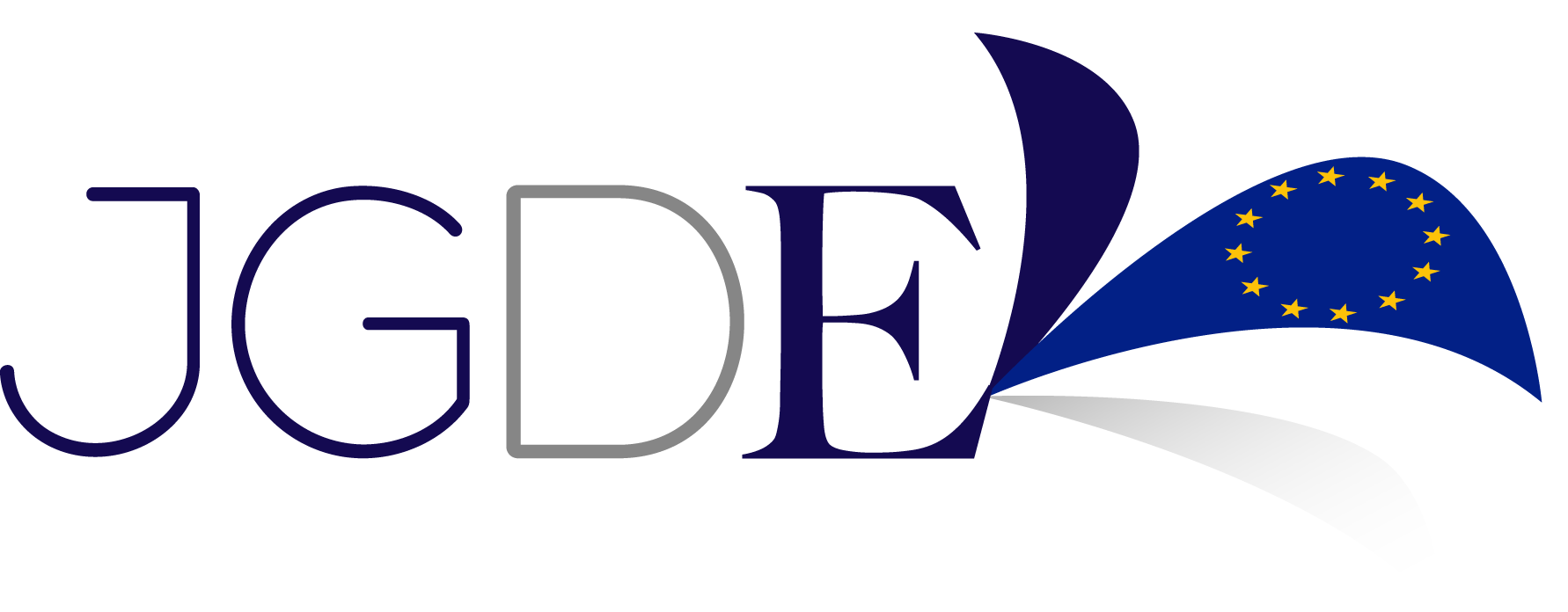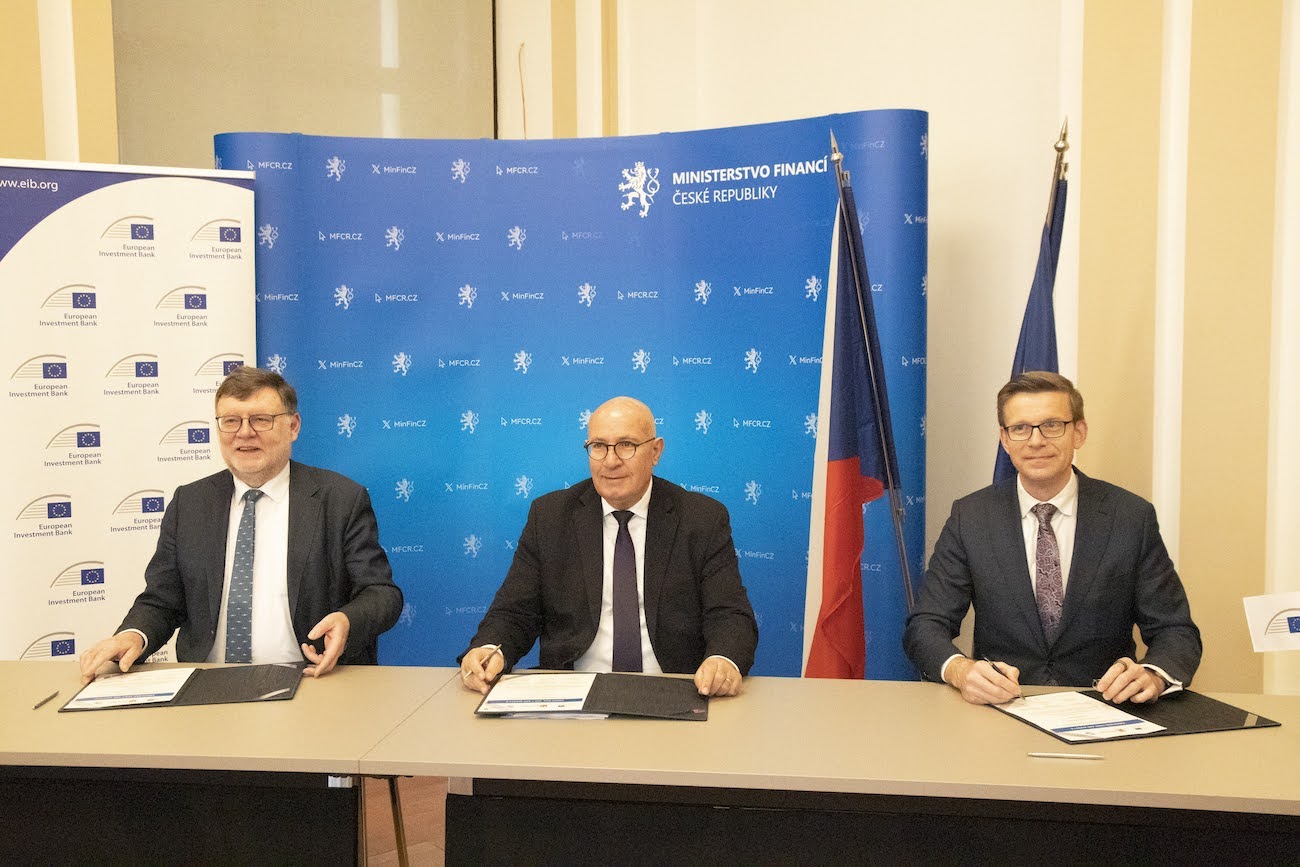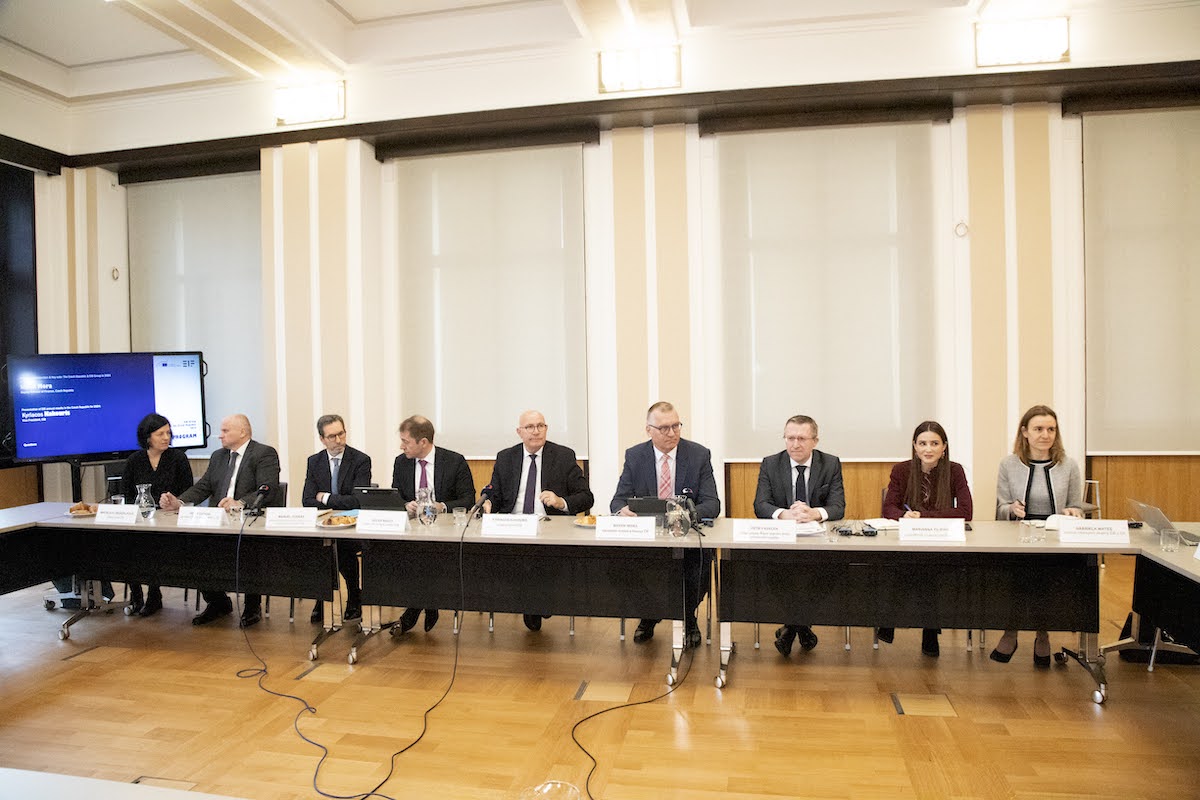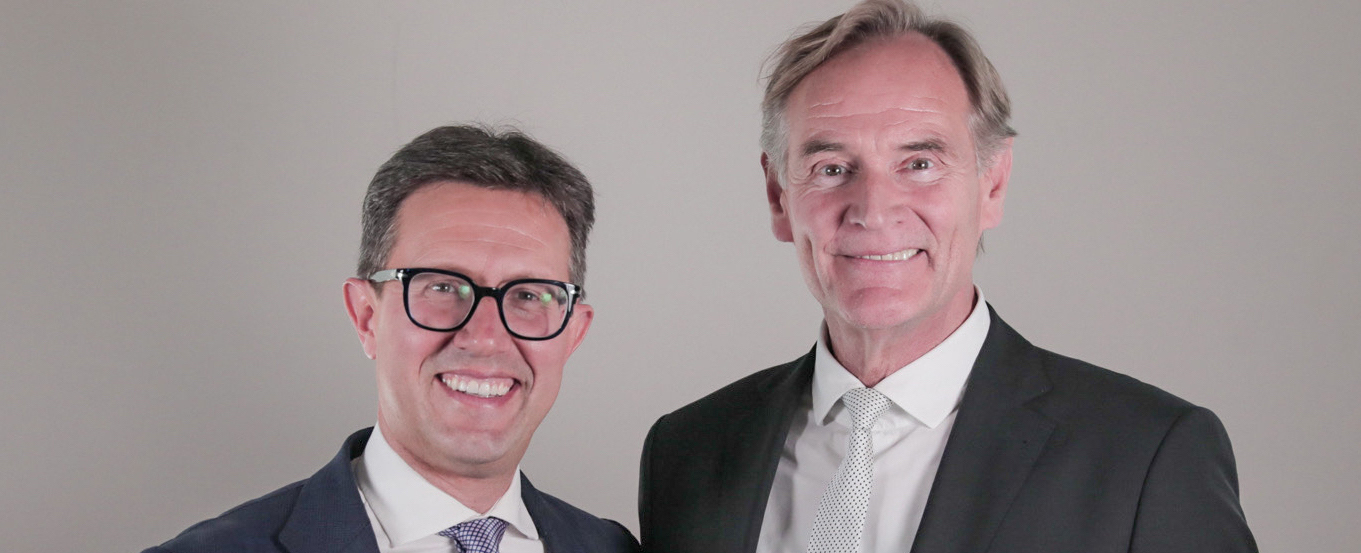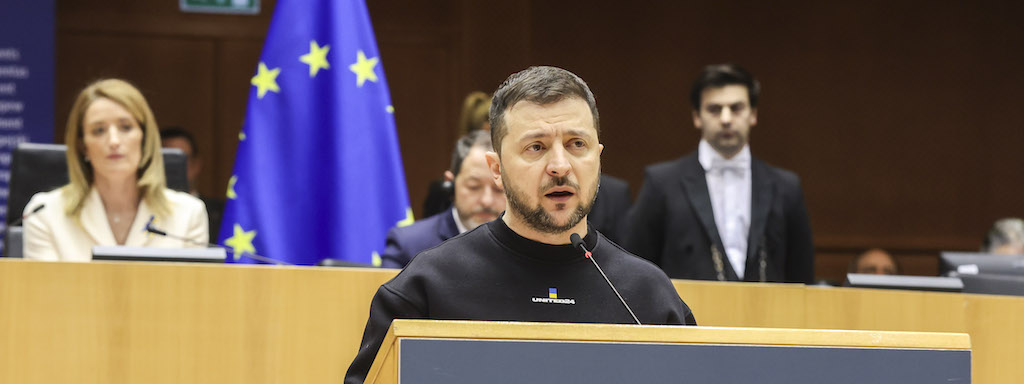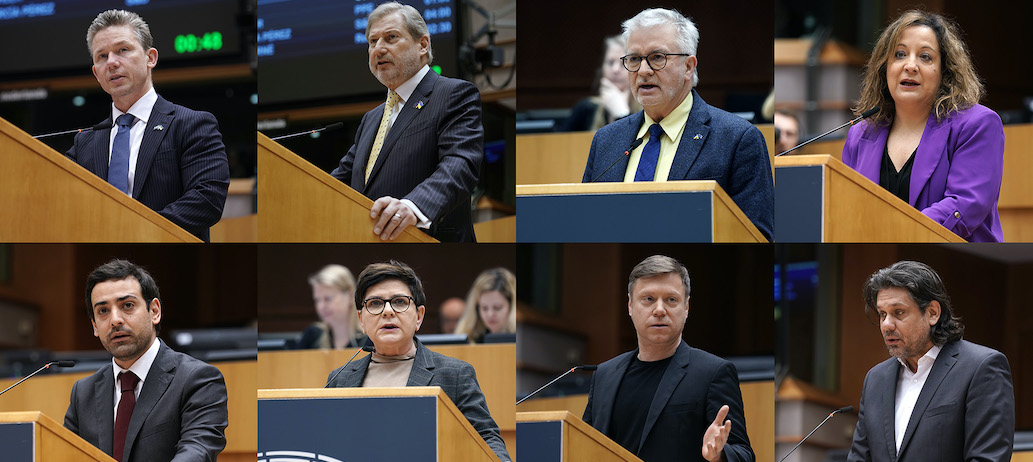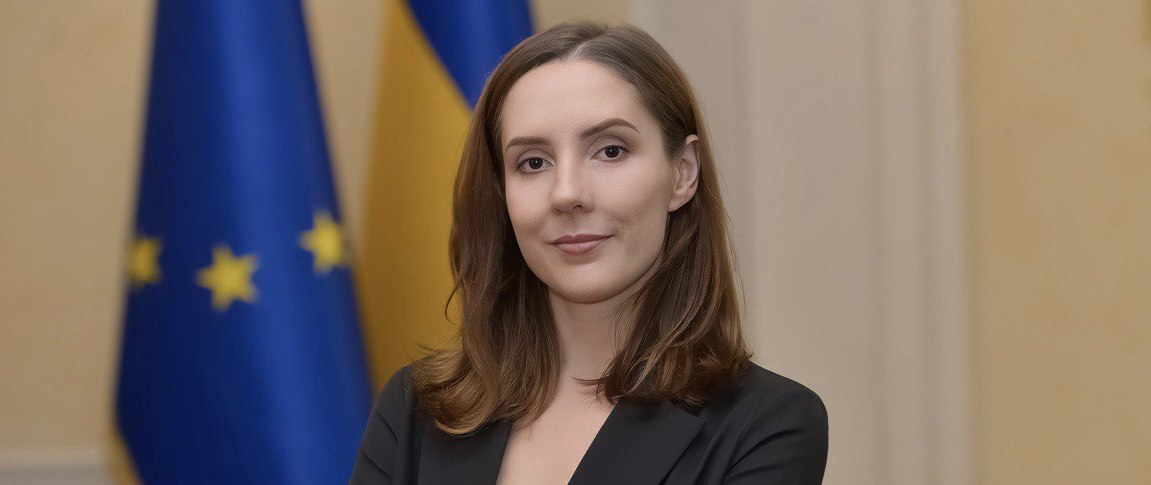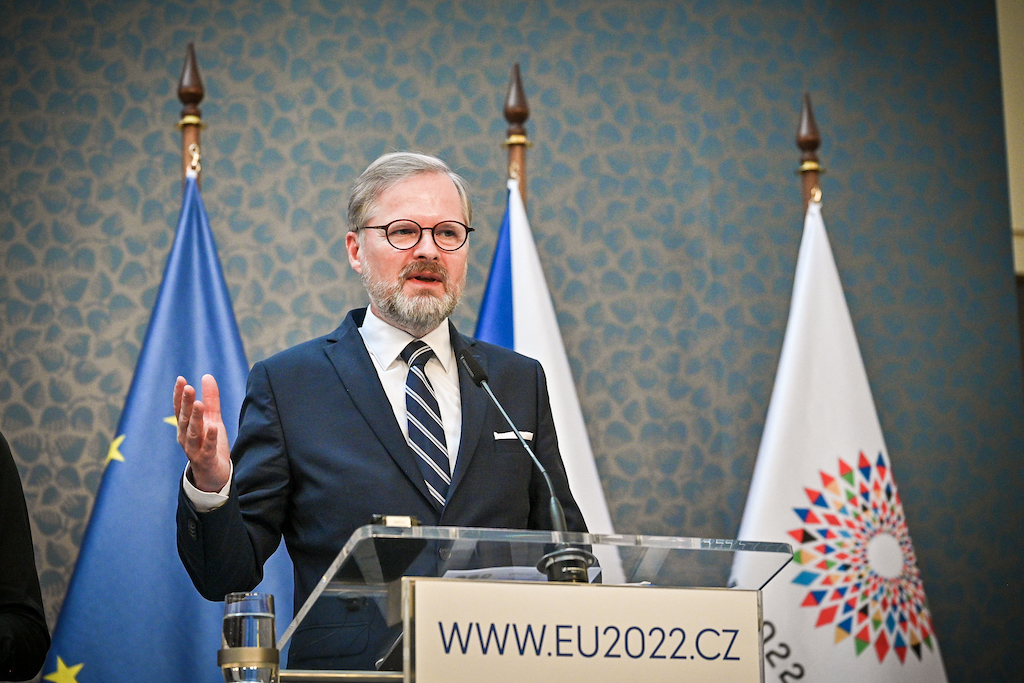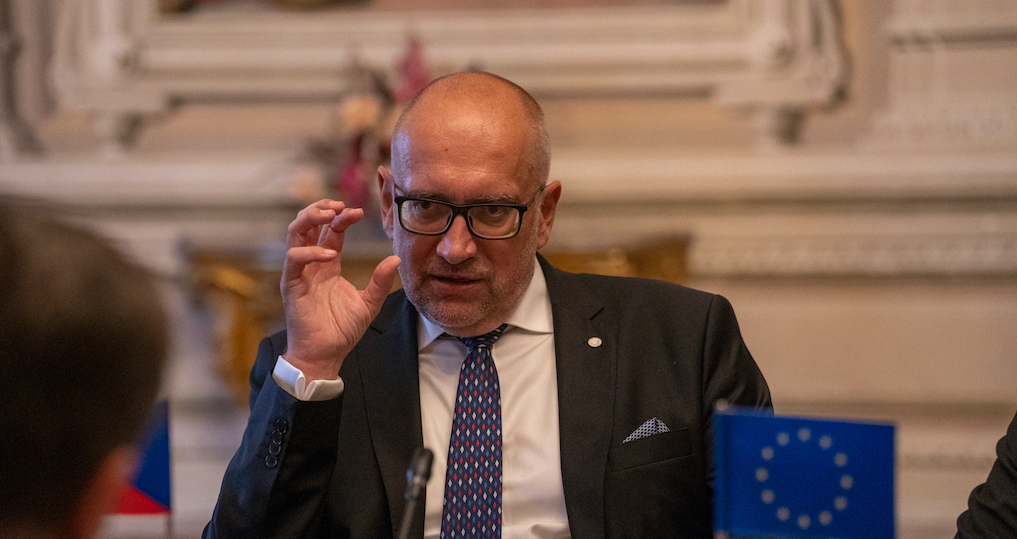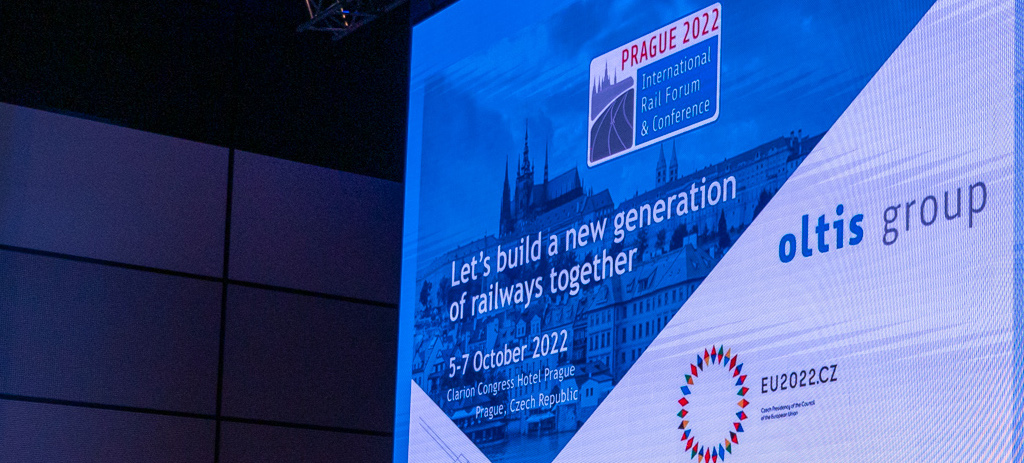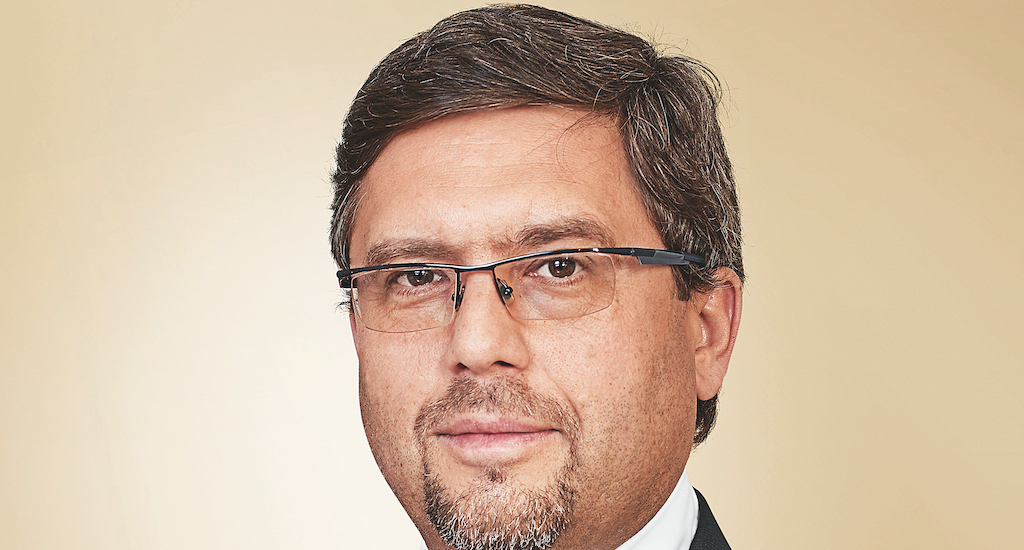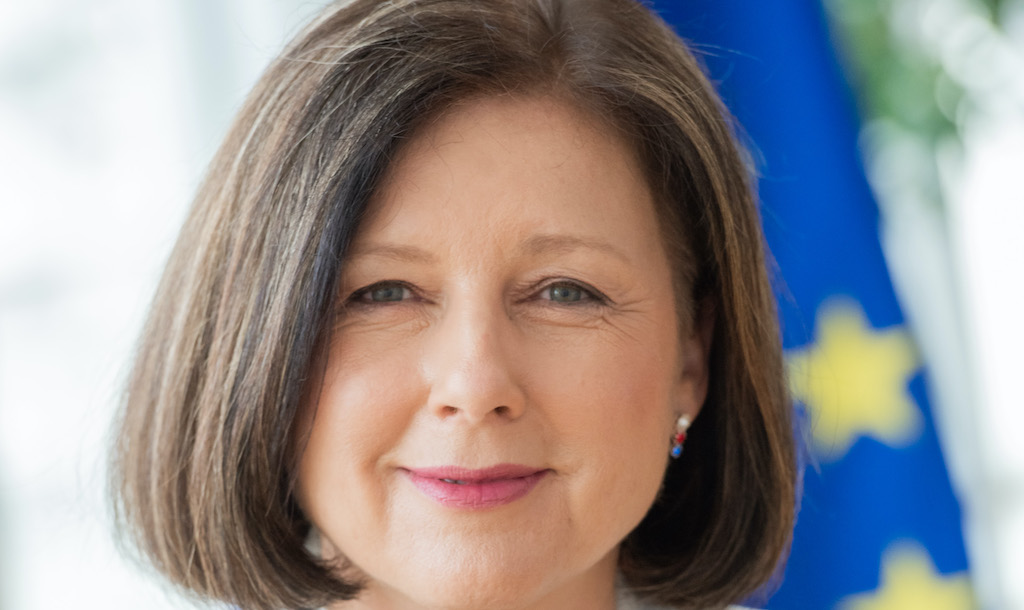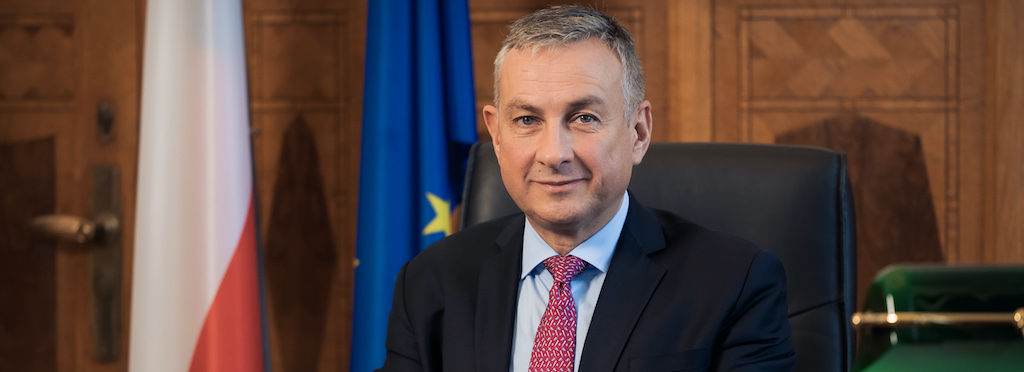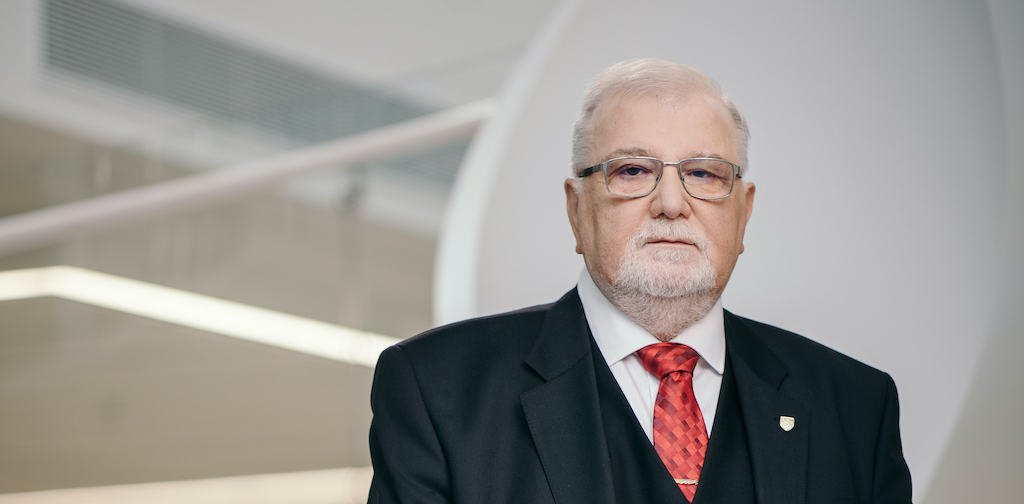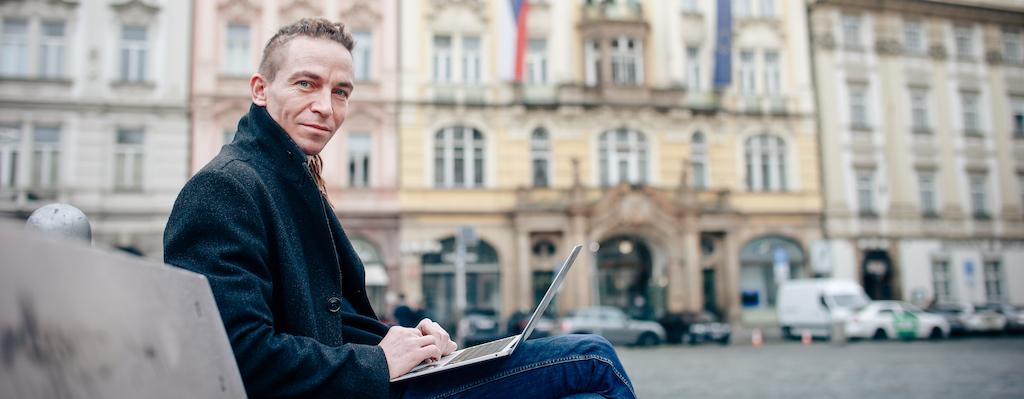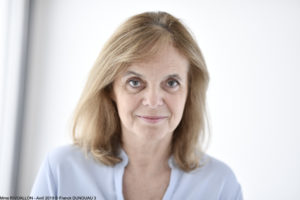
Can you tell us about HAROPA, its tasks and responsibilities, and how it has positioned itself in France and in Europe?
HAROPA is an alliance between the sea ports of Le Havre, Rouen and the river port of Paris. It was created in 2012 to form a port system throughout Europe.
It is the first French port system with 90 million tons of maritime traffic and more than 25 million tons of river traffic. It is the only port system to have a permanent representation to the European Union. This allows it to interact with the European Institutions on a day-to-day basis.
Furthermore, in November 2018, the government decided to proceed with the integration of the ports of Le Havre, Rouen and Paris in a single public port establishment on the Seine. The foreshadowing of this plan was entrusted to me by the Prime Minister. The objective of this second phase is to improve HAROPA’s integration into maritime transport flows and to make it a key component in maritime logistical chains. This will allow it to gain competitiveness by adopting a “single window” approach for our customers and it will also help develop the region’s economic appeal. This large-scale collective project mobilizes all of the stakeholders in our port ecosystem: customers, partners, port communities, users and local elected officials. The new port facility on the Seine waterway will see the light of day on January 1, 2021.
What should we understand from what was said about you in 2019: “HAROPA has shifted from a planning port to a developing port”? Has the new paradigm shift been launched? And where are we today with respect to this?
We are currently in the process of finalizing our strategic project for the period 2020-2025; it will be the perfect example of this new paradigm. There are dramatic changes taking place in our ports at the moment. They consist in strengthening our client likability and to reason on another scale. This implies both going beyond the borders of the port territory to initiate projects and offer end-to-end solutions to our customers, as well as mobilizing our institutional partners to ensure that the common standards and legislation become more flexible and adaptable. This will be even more pronounced when the new public port establishment on the Seine waterway is operational. HAROPA will be a front-line and effective logistics tool and a major player in the development of the Seine waterway alongside its customers, partners and regions.
What initiatives and innovations have been implemented for a successful energy transition?
The energy transition has started, and ports are one of the main emphases of this strategy. This is particularly true via the modal shift which makes it possible to limit greenhouse gas emissions in freight operations. HAROPA is picking up the pace to reduce its greenhouse gas emissions by promoting the production of renewable energies on its territory (off-shore wind energy, solar farms, etc.). HAROPA is also, and above all, a port complex that supports its customers and economic players in their own transition.
Faced with the challenge of the energy transition, HAROPA ports are called upon to modify their environmental footprint and support the efforts of their customers in their own transformation towards sustainability. For this purpose, HAROPA must renew their service offer and encourage innovation and development within “clean” sectors so as to result in the sustainability of industrial activity within their region. The greening of fleets, the electrification of wharves and the preservation of biodiversity are not only at the heart of our mission but are already on-the-ground realities.
How to put in place a smart and green corridor? What are the challenges?
“Smart” is a concept that is in HAROPA’s DNA. It was therefore normal for us to start our digital revolution: the “smart corridor”. It is what makes the ports of Le Havre, Rouen and Paris connected, innovative, sustainable and collaborative.
HAROPA is both a “SMART” and a “GREEN” corridor. It is the brand of a developer port which has a vision for its territory, its customers and its partners. Within this ecosystem, HAROPA interconnects all the players so that each stakeholder can receive and share relevant information in an effective manner.
The Smart Corridor also aims to become a “territorial hub”. The ambition is to renew and develop the historical links that we have with the city and its inhabitants so that everyone can take full advantage of the benefits that port development affords.
In conclusion, what is your position with regard to the European Commission’s Green Deal? And what are your expectations as well as the message you wish to send to national and European political decision-makers?
We have enthusiastically welcomed the European Commission’s Green Deal. For HAROPA, the ecological and energy transition is, of course, self-evident. The ports within the Seine waterway have a great role to play, and I believe that strongly. I have been involved in this issue for quite a number of years, working to green the operation of these ports and to encourage the development of low-carbon activities.
The ports that will matter in the future in Europe and in the world will be those that will have implemented ambitious strategies to minimize their impact and that will offer their customers and partners greening solutions (development of alternative fuels, last-mile urban logistics, zero carbon, CO2 capture and storage, production of carbon-free energy, etc.).
To make this transition successful, it also involves reviewing the existing legislation and having adequate funding programs to support and accelerate this transition. HAROPA is certainly ready to engage in this most important challenge. However, in order to achieve the objectives set by the European Union, national and European public authorities must support us along the way.
HAROPA is a wonderful testing ground matched by few others in the European Union: it comprises of an industrial, logistical and port ecosystem all in one from Le Havre to Paris via Rouen. It has both the appropriate critical mass to develop and test innovative large-scale solutions, and has already obtained sufficient experience in growth-generating projects.

